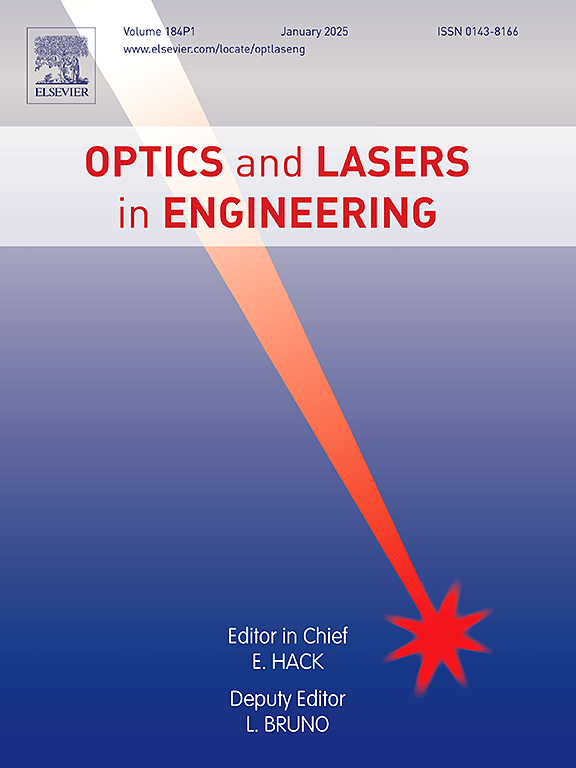一种新的基于谱窗分析迭代技术的快速光谱计算机断层扫描重建方法
IF 3.5
2区 工程技术
Q2 OPTICS
引用次数: 0
摘要
光谱x射线计算机断层扫描(SCT)在工业无损检测和医学诊断中都得到了广泛的应用。SCT重构可以概括为求解大型病态稀疏非线性系统。本工作旨在开发一种用于SCT重建的光谱窗分析迭代技术(SWAIT),以提高图像质量和重建效率。数学推导出一个特殊的窗函数,它随迭代次数、x射线谱、基材图像和质量衰减系数的变化而变化。窗函数遵循频率“由低到高”的原则,动态窗函数可以实现全局最小化。仿真和实际数据实验验证了该方法收敛速度快,保留了有效的高频信息,抑制了噪声,减少了分解误差在图像域中的传播。结果表明,重构水的电子密度误差小于5%,PET和玻璃的电子密度误差小于3%,具有较大的应用潜力。本文章由计算机程序翻译,如有差异,请以英文原文为准。

A novel fast spectral computed tomography reconstruction method with spectral windowed analytical iterative technique
Spectral X-ray computed tomography (SCT) has been widely applied in both industrial non-destructive testing and medical diagnosis. SCT reconstruction can be summarized as solving ill-conditioned large sparse nonlinear systems. This work aims to develop a spectral windowed analytical iterative technique (SWAIT) for SCT reconstruction, enhancing both image quality and reconstruction efficiency. A special window function is derived mathematically, and it varies with the number of iterations, X-ray spectrum, basis material images and mass attenuation coefficients. The window function follows the frequency principle “from low to high”, and the dynamic window function can achieve global minimizers. Simulation and real data experiments validate that the proposed method converges quickly, retains effective high-frequency information, suppresses noise, and reduces the propagation of decomposition errors in the image domain. The results demonstrate that the electron density errors of reconstructed water are less than 5%, and those of PET and glass are less than 3%, which shows significant practical potential.
求助全文
通过发布文献求助,成功后即可免费获取论文全文。
去求助
来源期刊

Optics and Lasers in Engineering
工程技术-光学
CiteScore
8.90
自引率
8.70%
发文量
384
审稿时长
42 days
期刊介绍:
Optics and Lasers in Engineering aims at providing an international forum for the interchange of information on the development of optical techniques and laser technology in engineering. Emphasis is placed on contributions targeted at the practical use of methods and devices, the development and enhancement of solutions and new theoretical concepts for experimental methods.
Optics and Lasers in Engineering reflects the main areas in which optical methods are being used and developed for an engineering environment. Manuscripts should offer clear evidence of novelty and significance. Papers focusing on parameter optimization or computational issues are not suitable. Similarly, papers focussed on an application rather than the optical method fall outside the journal''s scope. The scope of the journal is defined to include the following:
-Optical Metrology-
Optical Methods for 3D visualization and virtual engineering-
Optical Techniques for Microsystems-
Imaging, Microscopy and Adaptive Optics-
Computational Imaging-
Laser methods in manufacturing-
Integrated optical and photonic sensors-
Optics and Photonics in Life Science-
Hyperspectral and spectroscopic methods-
Infrared and Terahertz techniques
 求助内容:
求助内容: 应助结果提醒方式:
应助结果提醒方式:


